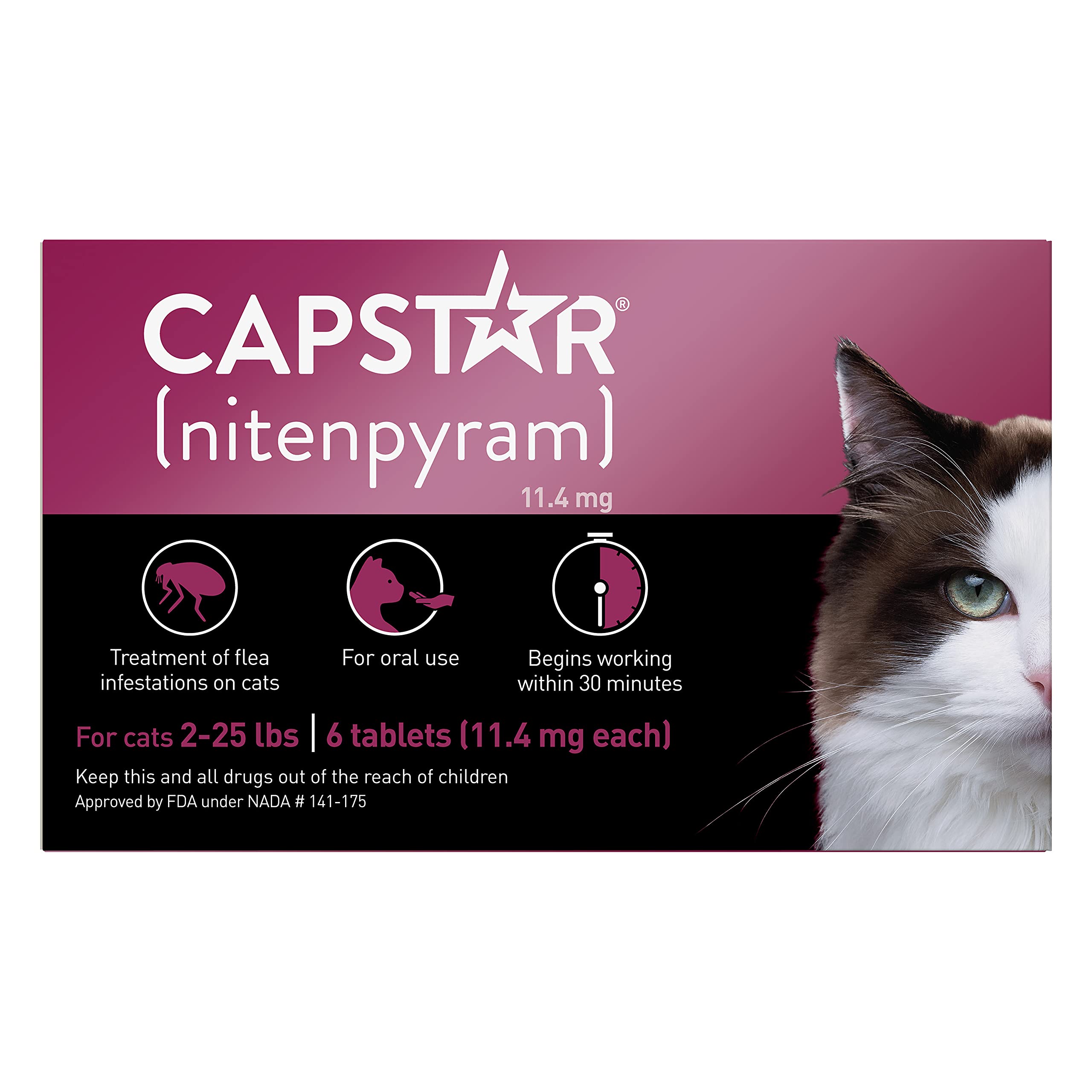Performing euthanasia is never an easy decision to make. However, it can be the kindest thing that you can do for a pet that is terminally sick or seriously injured and will never be able to resume a normal life. Getting over the loss isn’t easy as well, having shared a bond that is almost inseparable with your pet. Here, we have outlined some things you can do to help you cope with griefing the loss of your pet after euthanasia.
When To Consider Euthanasia
If your pet can no longer enjoy the things he or she previously did, cannot respond to you in the same manner, or looks to be in more suffering than pleasure, you may need to consider euthanasia. Similarly, euthanasia may be a viable option if your pet is terminally sick or badly damaged, or if the financial or emotional cost of treatment exceeds your resources. Asking yourself, “Does my pet have more bad days than happy days?” might sometimes help you make a decision.
Your veterinarian understands your attachment to your pet and can inspect and evaluate its condition, estimate its prospects of recovery, and address any potential limitations, special needs, and long-term issues. He or she will be able to discuss medical and surgical alternatives, as well as risks and potential outcomes. Because your veterinarian cannot make the decision to euthanize your pet, it is critical that you thoroughly grasp his or her health. If there is anything about the diagnosis or the potential consequences for your pet’s future that you don’t understand, ask questions to clarify. Although there are times when a decision must be made instantly, you will normally have some time to evaluate the facts and consult with family and friends before making the decision.
How To Cope With Grieving The Loss of A Pet After Euthanasia
#1. Get Yourself Ready
The first step to coping with grieving the loss of a pet following euthanasia is to prepare yourself. The death of a pet marks the end of a significant relationship. Each person’s grieving process is unique.
We are all familiar with the phases of grieving, which include denial, bargaining, anger, sadness, and acceptance.
The first step in coping with your grief is to prepare yourself for the loss of your pet. You should think about whether or not you want to be there throughout the euthanasia procedure.
You must first decide whether you want to say farewell and, if so, how you want to do so. Do you want to be alone or do you need someone to accompany you? Have you made plans for burial or cremation?
We frequently forget that mourning can begin long before our pet dies. This might begin as soon as we realize that our pet will not recover.
During this stage of sorrow, we do not receive any closure.
We know things will get worse before they get better, and all we can do is wait.
#2. Seek Social Assistance
If at all possible, seek assistance from family and friends. It can be tough, though, because the world does not appear to offer the same amount of support and understanding as it does when a human family member dies.
Pet owners frequently skip work, despite the fact that they are not eligible for bereavement leave.
Outside of those closest to us, the rest of the world expects us to get on with our lives. It is crucial to have someone in your life who understand how difficult it is to grieve the death of a pet after euthanasia.
This substantial disparity in animal and human grief understanding might encourage pet owners to withdraw from others throughout the grieving process; however, we should not do so; we need to communicate with our human relationships to help us get through this difficult time.
#3. Expect Change in Your Routine
We build our daily routines around those of our dogs since they rely on us to meet their requirements, and we form routines that include feedings, bathing, exercise, and other activities.
Our pets often become so accustomed to these routines that they know what time it is before we do, and they usually notify us—especially if we are late with a meal or snack.
If a pet has been ill for a while, we have often modified our routines to accommodate their increased requirements. This can make their loss feel much more profound.
In this instance, you may feel a sense of relief. That’s OK. It’s a natural reaction.
Most of us prefer routines because they allow us to plan our days and make us feel more in control.
However, when our routines revolve around caring for our pets—and our pet is no longer in need of our attention—we suddenly feel empty and aimless.
To combat this, fill those moments with other activities, especially with friends and family, such as a board game night, a visit to a nearby park or museum, supper with friends, and volunteering.
#4. Allow Time for Grief
The agony of losing a pet is often far worse than we imagine, and it is critical to allow yourself time to grieve.
When grieving the loss of a pet following euthanasia, don’t be ashamed to express your feelings. Emotional grief pays tribute to the pet you’ve lost.
Remind yourself that you will find a way out of this situation.
We must give ourselves time to work through the mourning process because it affects us on all levels—physical, emotional, cerebral, and spiritual.
#5. Let Go of Your Guilt
Grieving the loss of a pet following euthanasia is frequently accompanied with guilt. If you believe you took the decision to euthanize your pet too soon, you are probably the type of pet owner who has already done everything possible to aid your pet.
Pets do not indicate when it is their turn. We must consider all of the factors, consult with our veterinarian and potentially a close friend or family member, and make the decision to end our pet’s suffering.
Remember, you didn’t get to select whether or not your pet died, but you did get to determine how much he had to suffer before he died. Remind yourself that euthanasia is a compassionate option.
Because we adore our pets so much, we will not consider euthanizing them unless absolutely necessary. Take solace in this.
#6. Take Care of Your Essential Needs
Losing a pet after euthanasia is both emotionally and physically exhausting. It is critical that you take care of your basic necessities.
Grief exhausts you and makes your head cloudy.
Drink plenty of water, eat healthily, get plenty of rest, and exercise often. No, you will not want to do any of these things. Your body, on the other hand, requires all of these substances to help you through the grief process.
#7. Make a Memorial
Making a monument is an excellent method to process the loss of a pet following euthanasia. A visible, physical reminder could be a photo collage, photo album, scrapbook, shadowbox, letter, plaque, image, or donation.
#8. Recognize that Your Life Is Now Different
Life and death decisions have life-changing consequences for those who are involved. Allow it to be. Allow yourself the space and freedom to do your tasks. Grieving the loss of a pet following euthanasia will alter your life and heart. And that’s fine.
#9. Concentrate on the Minor Details and Live in the Present
Grieving the loss of a pet following euthanasia can be overwhelming. It is critical to take a step back as you work through your emotions. Sitting on the front porch and leisurely sipping a cup of coffee may be a really soul-soothing activity.
#10. Maintain a Journal
When grieving the death of a pet after euthanasia, it is easy to focus solely on your sadness. Taking time each day to capture positive things, no matter how tiny, might help you refocus.
#11. Donate Your Time
Grieving the loss of a pet following euthanasia can force you to focus inwardly for a period of time, which is entirely acceptable. You must eventually break free from this inward fixation and refocus your thoughts and heart. Volunteering is an excellent method to accomplish this.
This is not to say that you must volunteer at an animal shelter if you fear it will be too traumatic for you. However, focusing on helping other people or animals can assist to divert your attention away from yourself and your pain.
#12. Consult a Counsellor
We may feel unable to fully open up to friends or family at times. Or perhaps you don’t have any nearby and feel the need to speak with someone face to face.
Whatever the matter may be, speaking with a counselor may be beneficial. Counselors are qualified to assist you in processing the loss of a pet following euthanasia.
#13. Consider Getting a New Pet
You may be ready to find a new pet after you’ve had time to grieve and work through your first emotions.
It is critical that you do not attempt to replace the pet you have lost. You cannot replace that pet, but a new friend can help you create new love in your heart for a new partner.
What Vets Wish You Knew About Euthanasia?
Vets want you to know that the euthanasia procedure is nearly painless. There are two steps to putting a pet to sleep: A vet will begin by administering an IV to your pet, which is normally painless or virtually painless, depending on your pet’s tolerance for shots.
What Is The Trauma Of Putting Down A Pet?
The feeling of guilt after euthanizing a pet can be devastating for any pet owner. Even though there was nothing you could do to change the circumstance, you may feel responsible. This might keep you trapped in an endless cycle of guilt and grief.
What Does A Dog Feel When Euthanized?
The animal loses consciousness when the fluid is injected, and the heart and lungs stop working within minutes. Because the pet is unconscious, they are unable to feel anything.
Why Did My Dog Cry When Euthanized?
If the euthanasia solution is mistakenly administered outside the vein, a burning sensation may occur. If the dog moves (which is not required) and there is soon a hole in the vein or the catheter breaks out of the vein, the Solution may seep outside the vein into the tissue. These reasons may cause the dog to cry.
Do Pets Ever Wake Up After Euthanasia?
Before declaring your pet dead, the doctor will carefully listen to his or her heart to ensure it has stopped beating. There is no chance of your pet waking up after that.
In Conclusion,
The most important thing to remember is that you will get through this. You will come out the other side of the grief process if you take the time you need to grieve and work through some or all of the solutions we’ve mentioned.
Grieving the loss of a pet following euthanasia is a one-of-a-kind experience; take your time, and you’ll get through it.
Related Articles
- PROSTATE CANCER IN DOGS: Symptoms and Treatment
- DO DOGS GET HEMORRHOIDS? All You Need To Know
- GRASS ALLERGY IN DOGS: Causes, Symptoms. And Treatment
- CAN CATS GET A COLD? All You Need to Know
- Best Allergy Medicine For Cats






